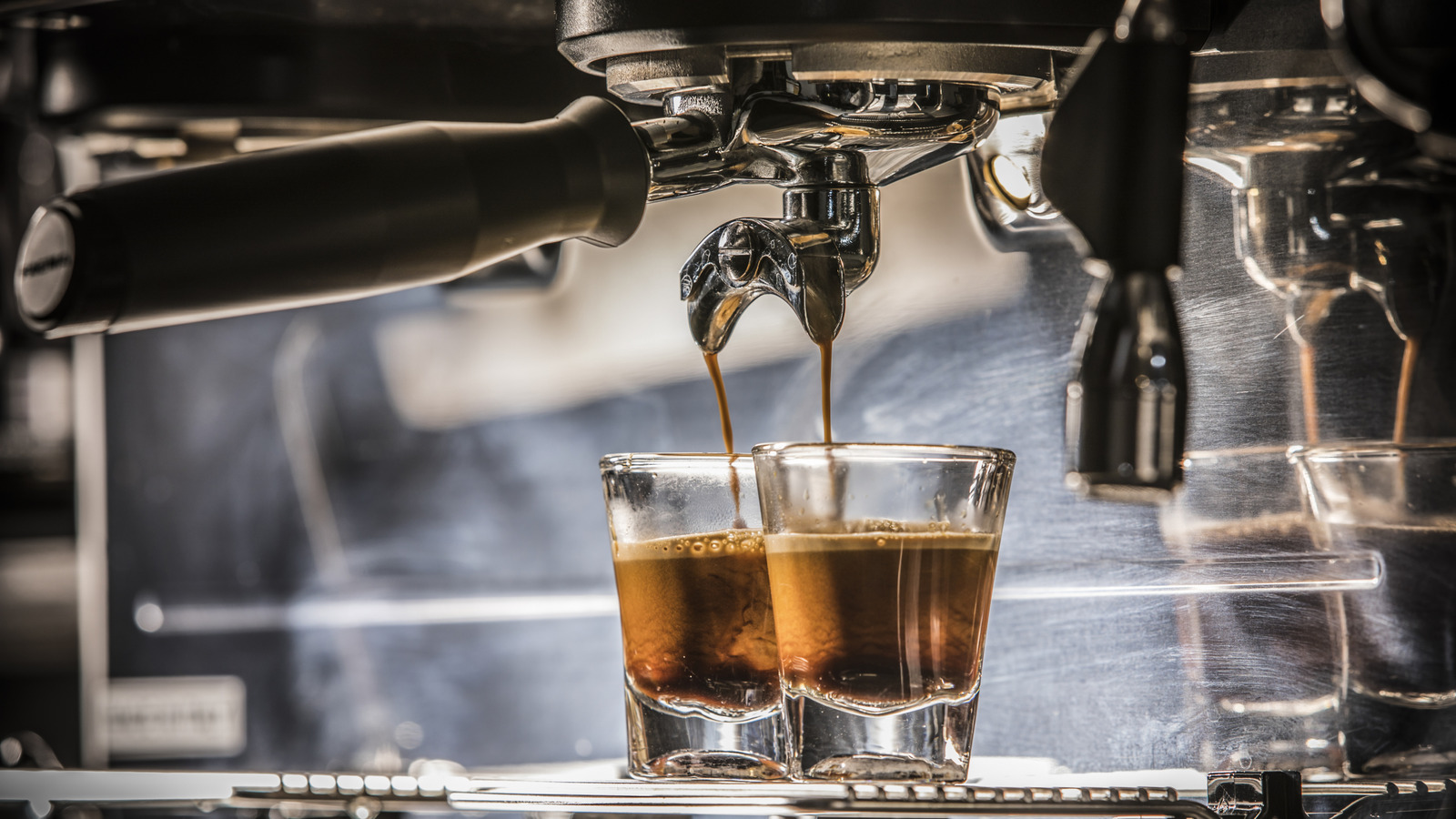While you might be able to make a darn good espresso at home, for some reason it never quite tastes the same as from a coffee shop. You may be able to replicate a cafe-quality drip, pour over, or cold brew coffee at home, but there’s just something about espresso drinks that are impossible to precisely recreate. Brewing the perfect espresso is no small feat. There are tons of variables that could get in the way of a perfect shot. The complex nature of brewing perfect espresso is why we invented cafes and coffee pod machines in the first place. And, sure, you can certainly make a pretty great latte right in your own kitchen, but unless you’re shelling out well over a thousand dollars for a machine and were a barista in your past life, something’s going to be missing.
Coffee shops have the upper hand when it comes to espresso drinks thanks to commercial equipment and experienced baristas. Like said before, there are a lot of variables to pulling the perfect shot of espresso including bean quality, grind size, coffee mass, tamping, water temperature, and pressure. A good espresso machine allows more control of all these variables and can make the difference in crafting consistent, high-quality espresso drinks. Even if you invest in a high-quality machine for your home coffee bar, you probably still won’t be executing lattes and cappuccinos the same way your local barista does. This is because, just like any art or skill, it takes practice and experience to be great.
What makes a technically perfect espresso
Espresso originated in Italy and was invented by a man named Luigi Bezzera about a century ago when he was the first person to utilize a combination of steam and pressure to quickly brew finely-ground coffee. Since then, the art of espresso has evolved. There are now competitions like the World Barista Championship and the U.S. Coffee Championship. There are also organizations like The Specialty Coffee Association and the Barista Guild of America where the best of the best baristas network, learn, and innovate the art of coffee together. The Specialty Coffee Association’s definition of espresso requires seven to nine grams of coffee, clean water at a temperature between 195 degrees Fahrenheit and 205 degrees Fahrenheit, a pressure of nine to 10 atmospheres, and a 20-30 second brew time, such that it flows with “the viscosity of warm honey.”
The professional, commercial-quality espresso machines used in cafes help you efficiently ensure the water temperature, pressure, and the preparation of the ground coffee are all done correctly, resulting in the perfect cup of espresso. Now, this doesn’t mean that every shot a barista pulls will be a clone of the one before it. There will always be room for error when it comes to crafting espresso. But, again, practice makes perfect.
How to get as close as possible to coffee shop-quality espresso at home
A coffee shop-level latte at home is going to require an investment of both time and money. Luckily, there are plenty of beginner-friendly espresso machines available in a range of prices that make it easy to get started, but don’t expect a perfect brew on your first try. Also, be sure to invest in espresso beans you enjoy. And, if you’re making something like a cappuccino, latte, macchiato, or any other espresso and milk drink, pick a quality milk. It doesn’t have to be dairy based, but it does have to be tasty. If you’re a flavored coffee drinker, DIY your own coffee syrups or grab some premade from the grocery store. This can be that finishing touch that gives your homemade coffee a more professional finish.
Cut all the frills and extra steps out by investing in a pod-based espresso machine. You’ll likely already be familiar with the at-home espresso giant, Nespresso, but there are other quality brands on the market, as well. While these kinds of machines certainly don’t compare to an expertly crafted espresso pull from a top of the line machine, they still make a pretty good cup of espresso the at-home connoisseur. Wherever or however you embark on your espresso journey, do it with an open heart and open taste buds.






